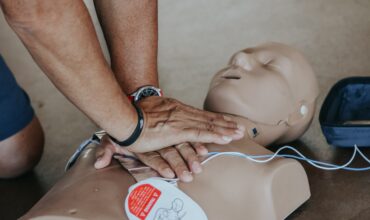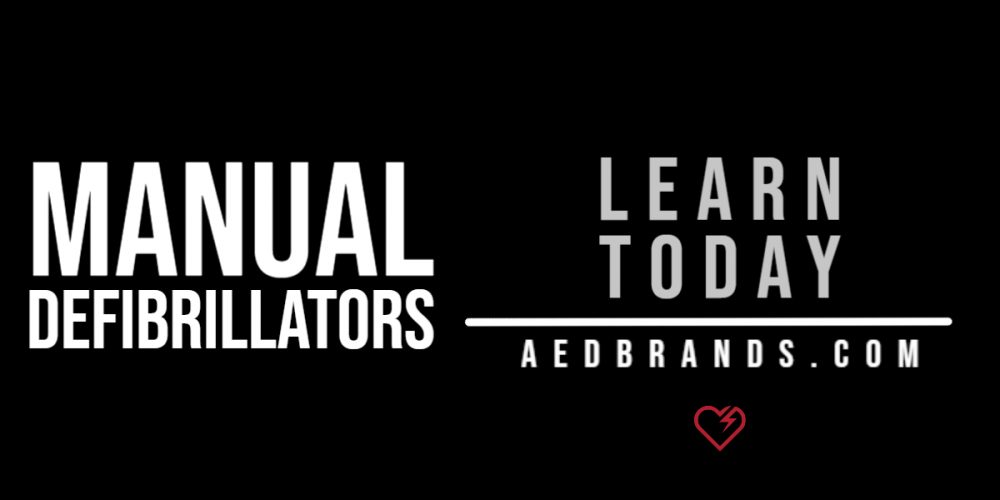- Your cart is empty
- Continue Shopping


A manual defibrillator is a device that is used to give an electric shock to the heart in order to try and restore a normal heart rhythm. It is similar to an AED, which is an automated version of a manual defibrillator.
However, there are some key differences between the two. A manual defibrillator is usually operated by a trained medical professional, whereas an AED can be used by anyone who has been trained to use it.
If you are a first aider or someone who might use an AED, it’s important to know the difference between a manual defibrillator and an AED so that you can provide the best possible care in an emergency.
A manual defibrillator and an automated external defibrillator (like the ZOLL AED Plus) are both used to help people who have gone into sudden cardiac arrest. Sudden cardiac arrest happens when the electrical system in the heart stops working properly and the heart stops beating. If a normal heartbeat is not restored quickly, the person’s brain and other organs can start to die.
Both manual and automated defibrillators can give electrical shocks to the heart that can restart it with a normal rhythm. This is most effective if done within the first 3 to 10 minutes of cardiac arrest. It is important to note that this treatment is only effective in certain cases like ventricular fibrillation and pulseless ventricular tachycardia but not in cases like asystole or pulseless electrical activity.
The key difference of a manual defibrillator is how the electric shock is given to the patient. AEDs will automatically analyze the patient’s heart rhythm and decide how much power the shock should have.
With a manual defibrillator, the person using it has to decide how much power the shock should have by adjusting the settings on the machine.
Because the operator has to manually set the energy level, using a manual defibrillator requires specialized training in advanced cardiac life support. Unlike AEDs, manual defibrillators do not have built-in safety features that would warn the operator if the shock is not needed.
Flexibility: manual defibrillators allow the operator to adjust the energy level of the shock to the individual patient’s needs, which can be beneficial in certain situations.
Advanced cardiac care: manual defibrillators are typically used by trained medical professionals who have advanced knowledge of cardiac care and can make more informed decisions about the patient’s treatment.
More control: manual defibrillators give the operator more control over the shock delivery, which can be beneficial in certain scenarios, for example, during CPR.
Ability to monitor ECG: manual defibrillators often come with the ability to monitor ECG (electrocardiogram) which allows the operator to assess the patient’s cardiac rhythm before and after the defibrillation.
They’re typically used in healthcare settings by trained medical professionals and are typically preferred in certain scenarios:
Complex cardiac rhythms: Manual defibrillators are preferred in cases of complex cardiac rhythms, as they allow the operator to adjust the energy level of the shock to the individual patient’s needs.
Pediatric patients: Manual defibrillators are often preferred in pediatric patients, as the energy level of the shock can be adjusted to a lower level which is appropriate for children.
Cardiac arrest in hospital setting: In a hospital setting, where there are trained medical professionals present who can monitor the patient’s cardiac rhythm and make decisions about treatment, manual defibrillators are preferred.
In conjunction with CPR: Manual defibrillators are often used in conjunction with CPR. They can be used to monitor the patient’s cardiac rhythm and deliver shocks as needed while chest compressions are being performed.
It’s important to note that AEDs are designed to be used by laypeople with minimal training, and are often located in public places, it’s easy to use, and can be used effectively when there’s no trained medical professional present.
Implementation Guide